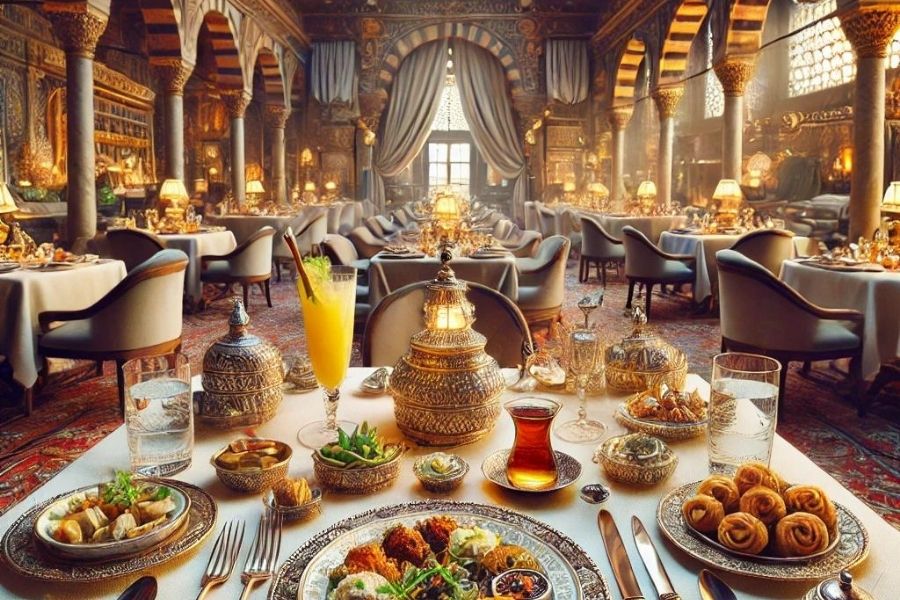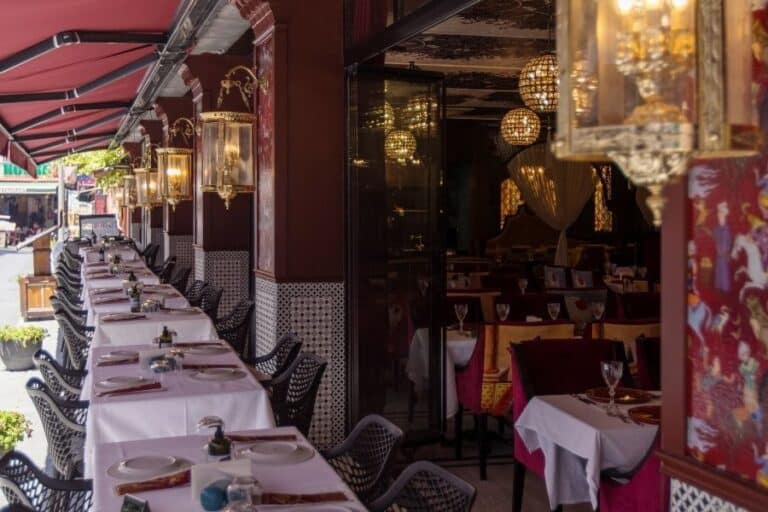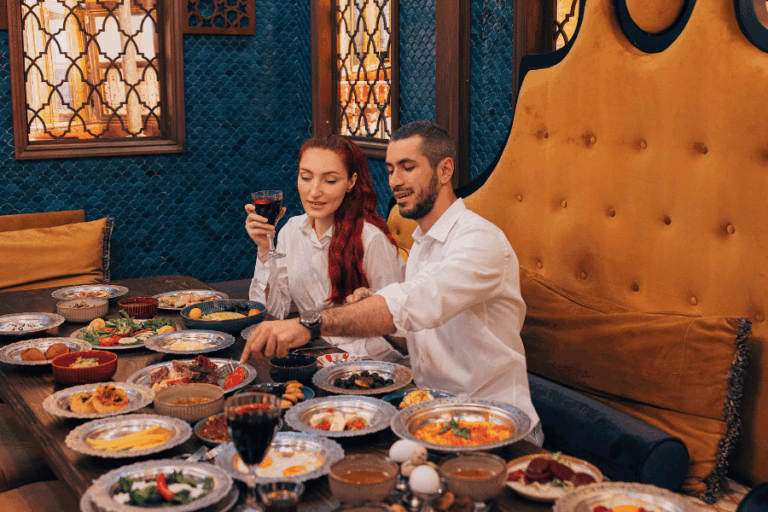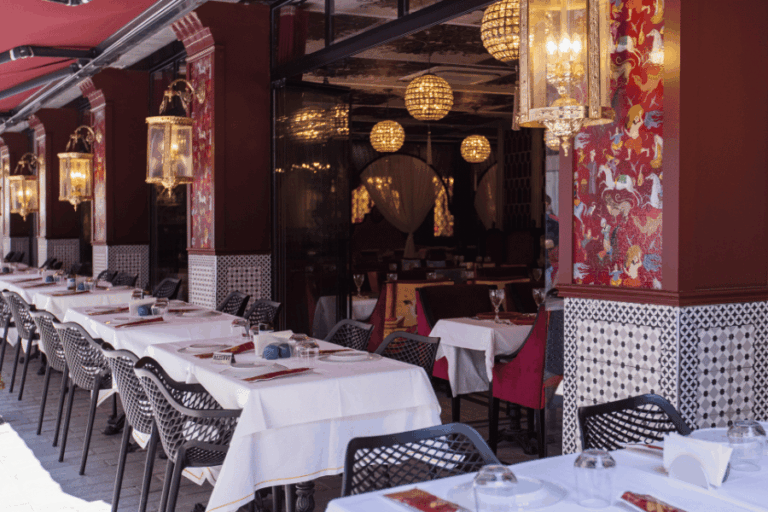The Ottoman Empire, which spanned centuries and vast territories, developed a culinary tradition as rich and diverse as its history. Ottoman cuisine, deeply rooted in the cultures of the lands it ruled, is a blend of flavors and techniques that reflect the empire’s vast cultural mosaic. Deraliye Restaurant in Sultanahmet brings this historical richness to life, offering diners a taste of the exquisite dishes once served in the opulent courts of the Ottoman sultans.
The Origins of Ottoman Cuisine
Ottoman cuisine emerged from a unique fusion of Central Asian, Middle Eastern, Mediterranean, and Balkan influences, reflecting the diverse cultures within the empire. As the Ottomans expanded their territories, they absorbed the culinary traditions of the regions they conquered, enriching their own cuisine with new ingredients and techniques.
The imperial kitchen, or “Matbah-ı Amire,” was the heart of Ottoman culinary culture. Located in the Topkapi Palace, the kitchen was a bustling hub where chefs, cooks, and apprentices worked tirelessly to prepare lavish meals for the sultan, his court, and distinguished guests. The dishes prepared in the palace were not only meant to satisfy hunger but also to showcase the wealth, power, and sophistication of the empire.
Signature Dishes of the Ottoman Palace
Some of the most iconic dishes of Ottoman cuisine were created in the palace kitchens, where the chefs had access to the finest ingredients and were encouraged to experiment and innovate. These dishes, once reserved for the elite, are now celebrated as symbols of Turkey’s rich culinary heritage.
1. Hünkar Beğendi: Literally meaning “the sultan liked it,” this dish is a perfect example of Ottoman culinary refinement. It consists of tender, slow-cooked lamb served over a creamy, smoky eggplant purée. The dish was reportedly created for Sultan Murad IV and remains a favorite in Turkish cuisine today.
2. Kuzu Tandir: A dish fit for royalty, Kuzu Tandir is a slow-roasted lamb dish that was often prepared for special occasions in the palace. The lamb is marinated in a blend of spices and cooked slowly until it is tender enough to fall off the bone. The result is a rich, flavorful dish that embodies the essence of Ottoman cuisine.
3. Pilav: Rice pilaf was a staple of the Ottoman table, with countless variations served throughout the empire. In the palace, pilaf was often cooked with saffron, nuts, and dried fruits, creating a dish that was both fragrant and visually stunning. Pilaf was a versatile dish that could be served as a side or as a main course, depending on the ingredients used.
4. Baklava: No discussion of Ottoman cuisine would be complete without mentioning baklava, the famous dessert that originated in the imperial kitchens. Layers of thin, flaky pastry are filled with chopped nuts and sweetened with syrup or honey, creating a dessert that is as rich in flavor as it is in history.
Experience Ottoman Cuisine at Deraliye Restaurant
Deraliye Restaurant in Sultanahmet offers a unique opportunity to experience the culinary traditions of the Ottoman Empire. The menu is a tribute to the flavors and techniques of the imperial kitchen, with each dish carefully crafted to capture the essence of this grand culinary tradition.
Dining at Deraliye is more than just a meal; it is a journey through history. As you savor the rich flavors of dishes like Hünkar Beğendi and Kuzu Tandir, you are transported back to a time when food was a symbol of power and prestige. The restaurant’s ambiance, with its elegant décor and historical setting, enhances the experience, making it a must-visit for anyone interested in the history and culture of the Ottoman Empire.
Whether you are a history enthusiast or simply someone who appreciates fine food, Deraliye Restaurant offers an unforgettable dining experience that connects the past with the present. Come and discover the rich history of Ottoman cuisine, where each dish tells a story of a bygone era, brought to life on your plate.








